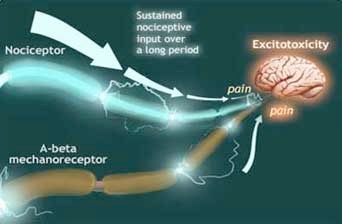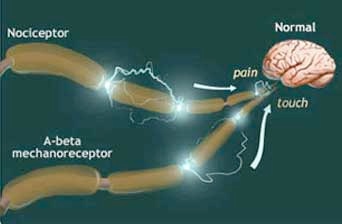...
Looking for human subjects to compare observations, Bennett consulted with Max and his colleagues at the Clinical Center , who were interested, but were not working with these disorders. He found the patients he needed at a clinic in Philadelphia, and, with their cooperation, began a series of comparison tests. As Bennett describes these studies, "It got to the point where we were doing so many things so rapidly to these patients that we started videotaping it, because things were happening very quickly....And some of these wonderful patients would come back two, three, four times for us; these people demonstrated courage, real courage." 1
| Div | ||||||||||
|---|---|---|---|---|---|---|---|---|---|---|
| ||||||||||
|
...



